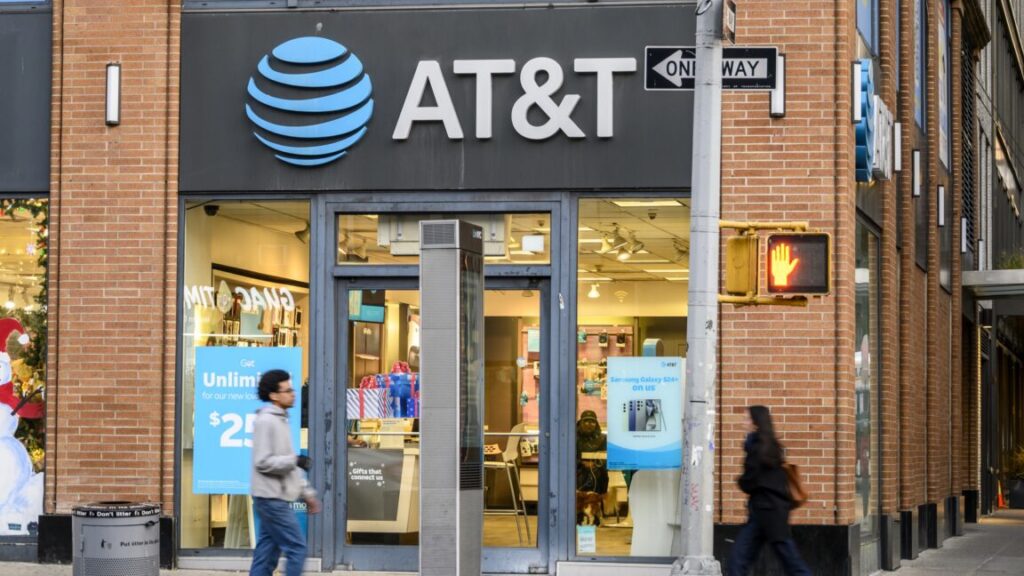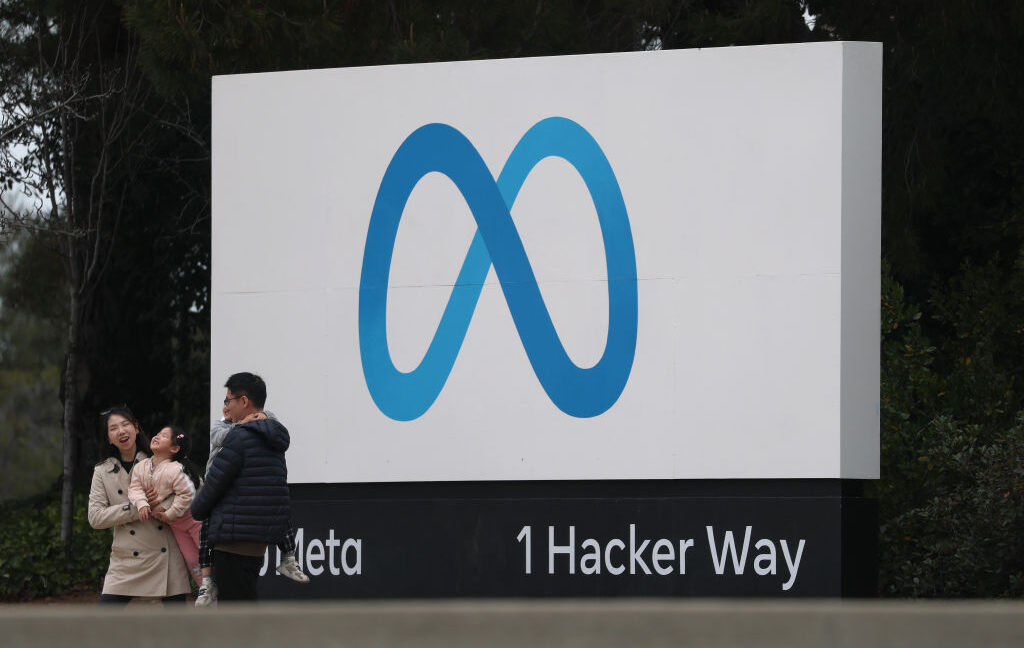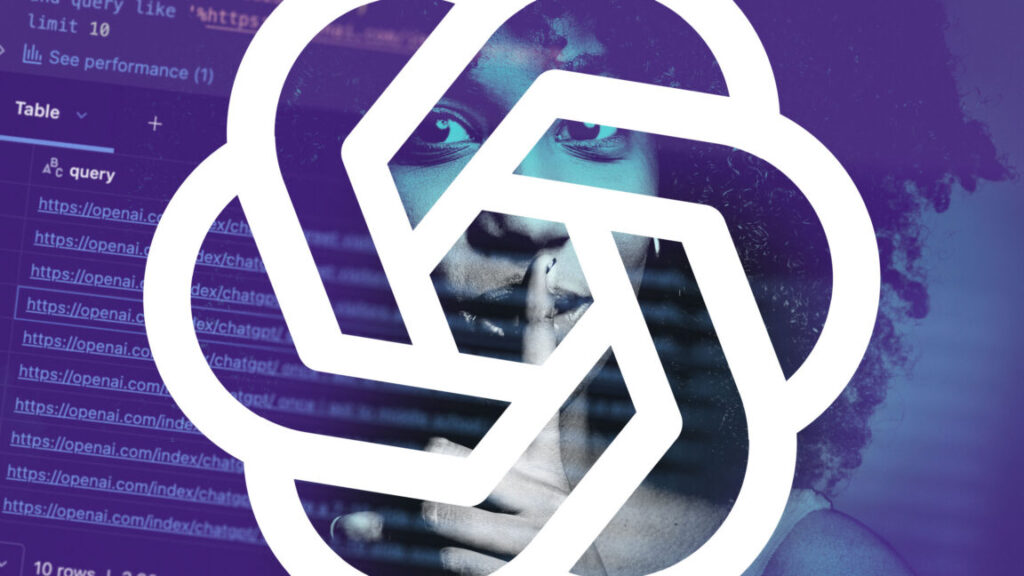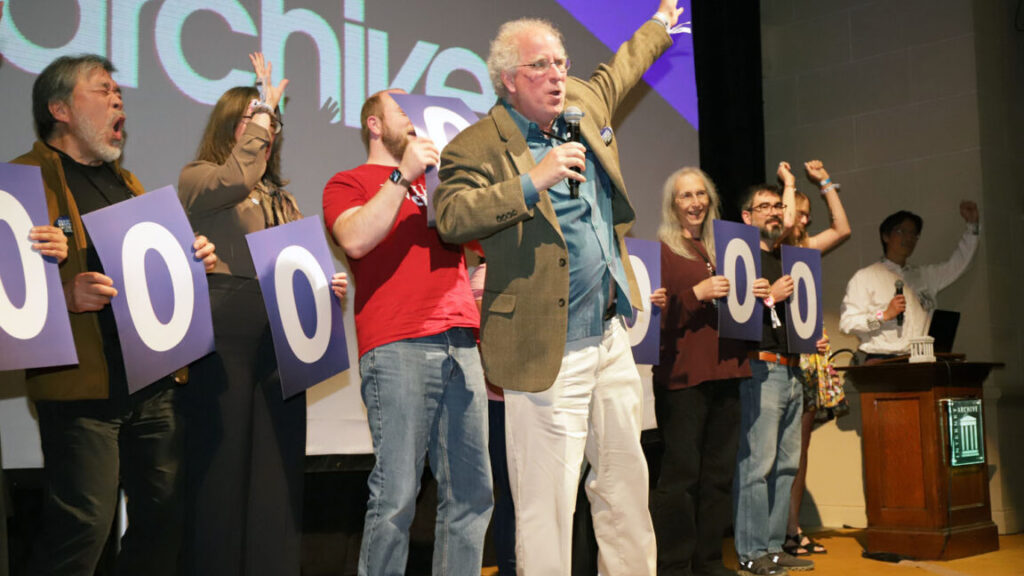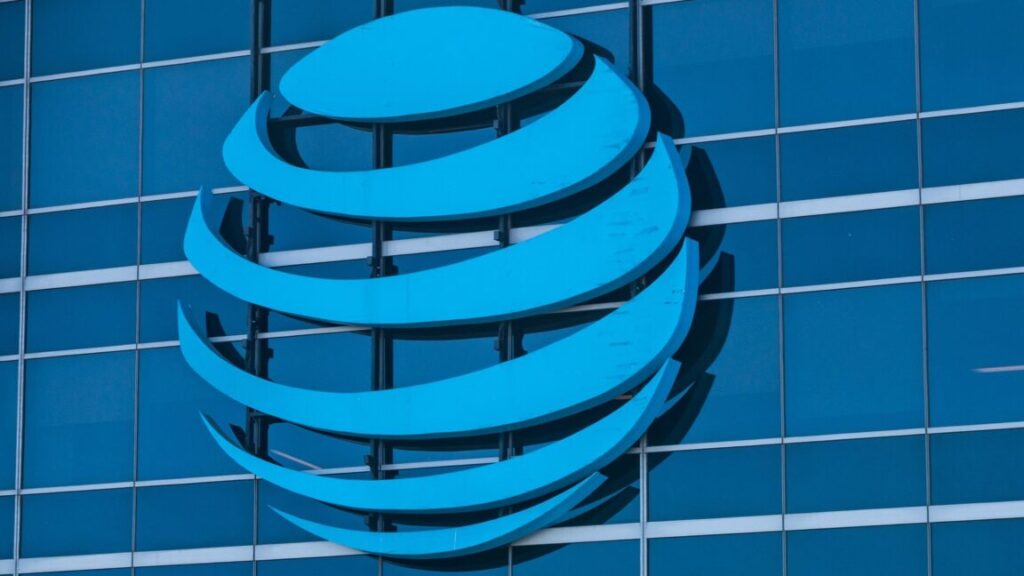Elon Musk wins $1 trillion Tesla pay vote despite “part-time CEO” criticism
Tesla shareholders today voted to approve a compensation plan that would pay Elon Musk more than $1 trillion over the next decade if he hits all of the plan’s goals. Musk won over 75 percent of the vote, according to the announcement at today’s shareholder meeting.
The pay plan would give Musk 423,743,904 shares, awarded in 12 tranches of 35,311,992 shares each if Tesla achieves various operational goals and market value milestones. Goals include delivering 20 million vehicles, obtaining 10 million Full Self-Driving subscriptions, delivering 1 million “AI robots,” putting 1 million robotaxis in operation, and achieving a $400 billion adjusted EBITDA (earnings before interest, taxes, depreciation, and amortization).
Musk has threatened to leave if he doesn’t get a larger share of Tesla. He told investors last month, “It’s not like I’m going to go spend the money. It’s just, if we build this robot army, do I have at least a strong influence over that robot army? Not control, but a strong influence. That’s what it comes down to in a nutshell. I don’t feel comfortable building that robot army if I don’t have at least a strong influence.”
The plan has 12 market capitalization milestones topping out at $8.5 trillion. The value of Musk’s award is estimated to exceed $1 trillion if he hits all operational and market capitalization goals. Musk would increase his ownership stake to 24.8 percent of Tesla, or 28.8 percent if Tesla ends up winning an appeal in the court case that voided his 2018 pay plan.
Tesla Chair Robyn Denholm has argued that Musk needs big pay packages to stay motivated. Some investors have said $1 trillion is too much for a CEO who spends much of his time running other companies such as SpaceX, X (formerly Twitter), and xAI.
New York Comptroller Thomas DiNapoli, who runs a state retirement fund that owns over 3.3 million shares, slammed the pay plan in a webinar last week. He said that Musk’s existing stake in Tesla should already “be incentive enough to drive performance. The idea that another massive equity award will somehow refocus a man who is hopelessly distracted is both illogical and contrary to the evidence. This is not pay for performance; this is pay for unchecked power.”
Musk and his side hustles
With Musk spending more time at xAI, “some major Tesla investors have privately pressed top executives and board members about how much attention Musk was actually paying to the company and about whether there is a CEO succession plan,” a Wall Street Journal article on Tuesday said. “An unusually large contingent of Tesla board members, including chair Robyn Denholm, former Chipotle CFO Jack Hartung, and Tesla co-founder JB Straubel, met with big investors in New York last week to advocate for Musk’s proposed new pay package.”
Elon Musk wins $1 trillion Tesla pay vote despite “part-time CEO” criticism Read More »

